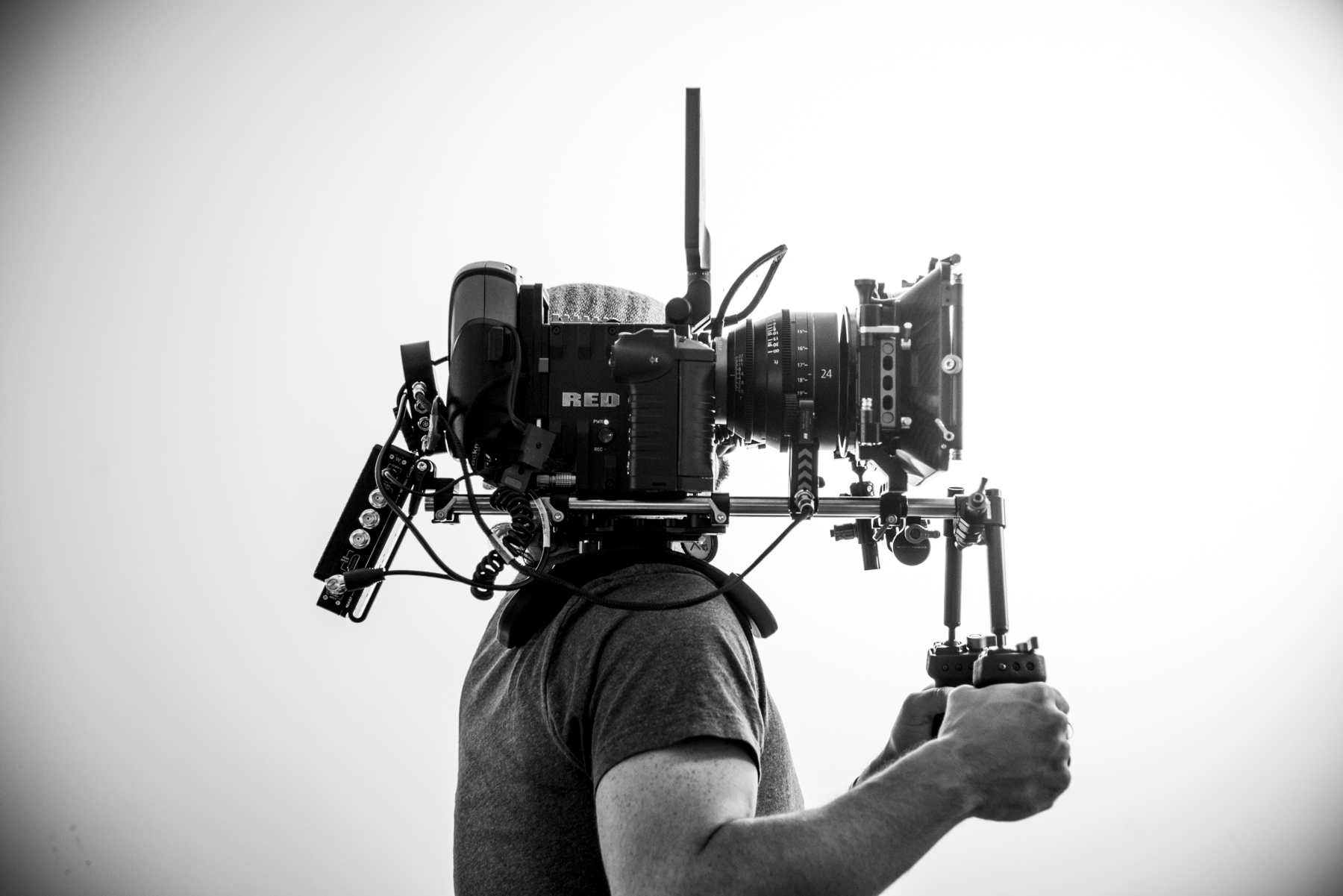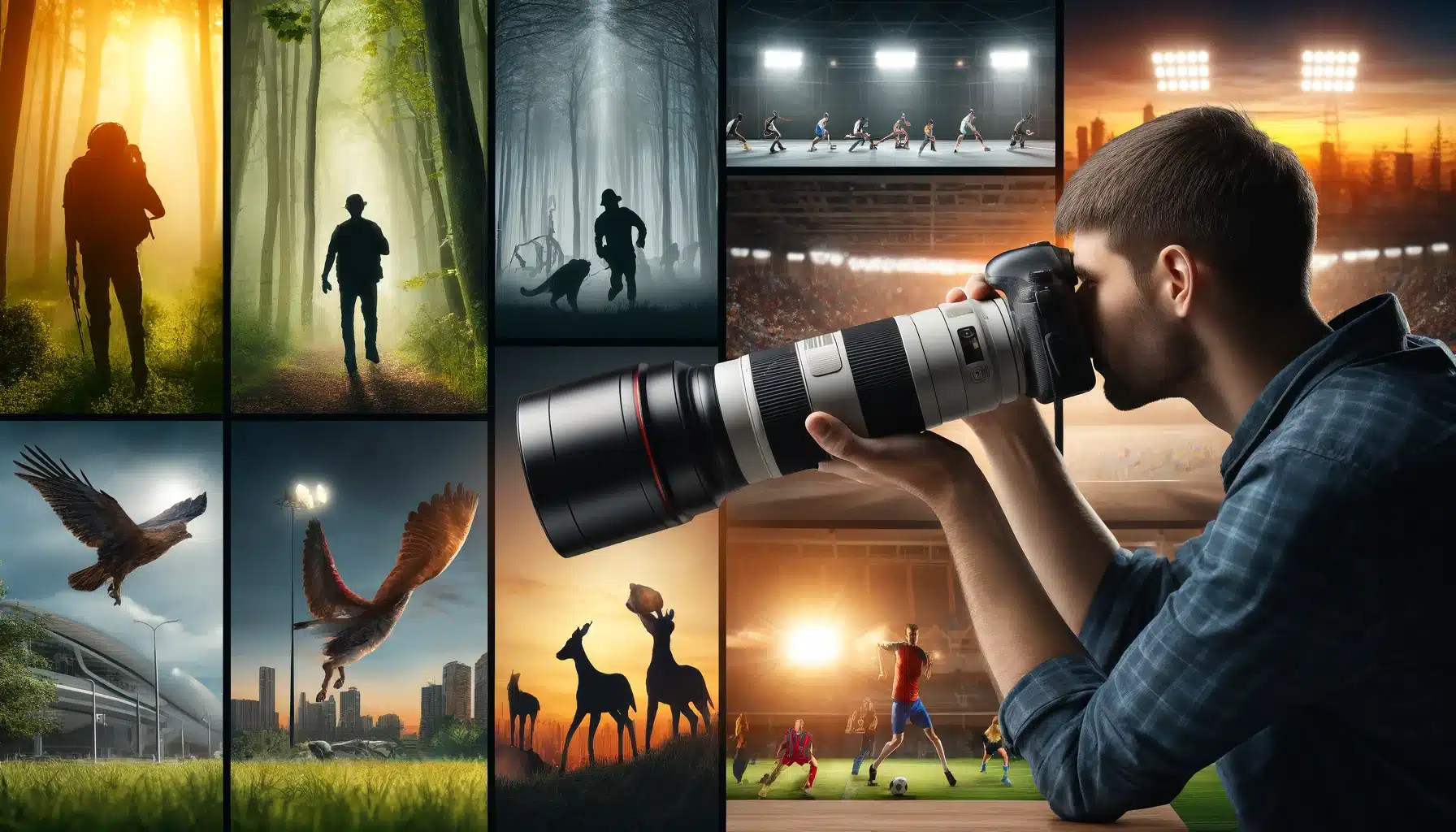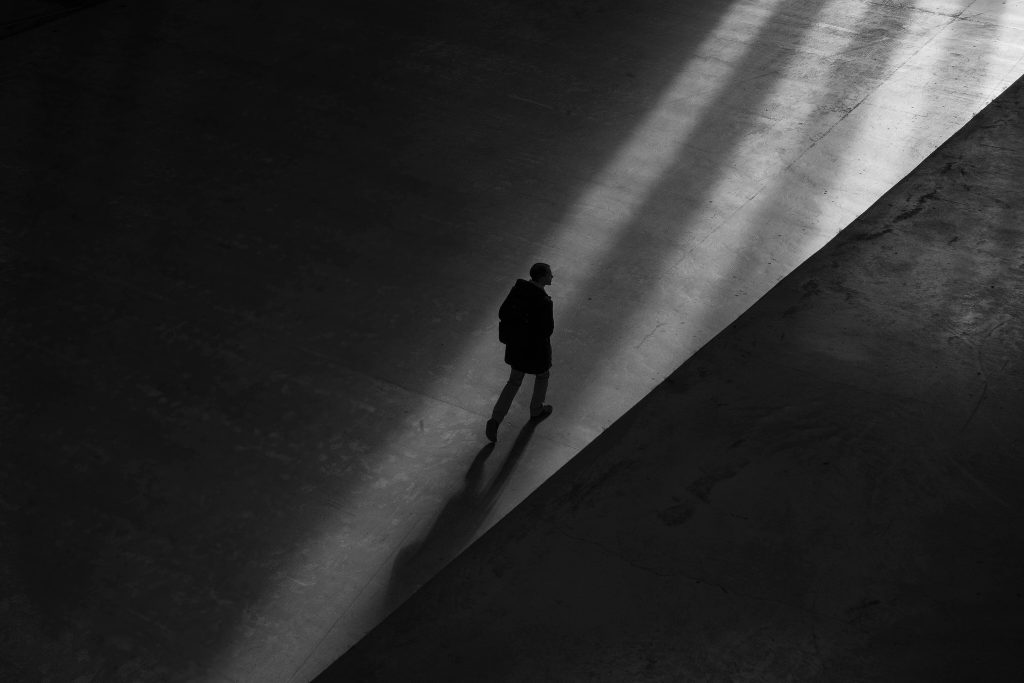Capturing Perfection: Unveiling the Latest Trends in Photography Techniques

15-12-2024, 22:06 Admin 4 432 0
In a visually-driven world where information can be captured and shared in an instant, the art of photography continues to evolve rapidly. Advancements in technology, coupled with creative experimentation by photographers are shaping new horizons in the industry. In this article, we delve into the latest trends in photography techniques that capture the confluence of technology and imagination.
For our third foray into photographic excellence, let's first address the growing trend of Computational Photography. This technique leverages advanced technologies to augment or even replace traditional photographic methods. With Computational Photography, cameras no longer just capture light; they capture data. Smartphones are now equipped with powerful computational capabilities, enabling features like HDR (High Dynamic Range), night mode, and portrait mode with depth control. The idea here is utilising software capabilities to enhance image quality beyond what traditional hardware can offer.
Drone photography is another trend that has soared to significant heights. A drone's eye view provides a unique perspective, and professionals are leveraging it to capture stunning landscapes, sports events, and even weddings. Drones offer the advantage of maneuvering into hard-to-reach areas, capturing images from angles that were unimaginable before. They act as floating tripods in the sky, offering flexibility in composition and creativity that supports the evolution of new photography styles.
Another exciting development is the rise of 360-degree photography. By capturing the entire sphere around the point of shooting, 360-degree photography breaks free from the rectangular frame to provide a truly immersive viewing experience. Coupled with advanced VR (Virtual Reality) headsets, 360-degree photography can transport the viewer to a different location altogether. It is being used extensively in real-estate, travel, and event photography, offering audiences an enriched visual experience.
Meanwhile, long-exposure photography continues to enjoy its popularity due to the surreal effects it can create. By leaving the camera's shutter open for extended periods, photographers can beautifully blur moving objects while making static entities sharp. The latest cameras are increasingly efficient at handling noise performance, enabling photographers to experiment with longer exposure times.
Furthermore, artificial intelligence has started to make its mark on photography. Whether it's object recognition for better focus, automated photo editing, or organized storage, AI is proving vital in improving the overall photographic experience. With AI, photographers can now take what was once complex and time-consuming endeavours and streamline them into more straightforward processes.
In conclusion, the future of photography will likely be dominated by a combination of technological advances and innovative techniques. The advent of AI, drone technology, computational photography and the popularity of 360-degree images hint at an exciting, immersive future for the industry. As always, the ability of photographers to adapt and align themselves to these cutting-edge trends will determine their success in capturing perfection.
For our third foray into photographic excellence, let's first address the growing trend of Computational Photography. This technique leverages advanced technologies to augment or even replace traditional photographic methods. With Computational Photography, cameras no longer just capture light; they capture data. Smartphones are now equipped with powerful computational capabilities, enabling features like HDR (High Dynamic Range), night mode, and portrait mode with depth control. The idea here is utilising software capabilities to enhance image quality beyond what traditional hardware can offer.
Drone photography is another trend that has soared to significant heights. A drone's eye view provides a unique perspective, and professionals are leveraging it to capture stunning landscapes, sports events, and even weddings. Drones offer the advantage of maneuvering into hard-to-reach areas, capturing images from angles that were unimaginable before. They act as floating tripods in the sky, offering flexibility in composition and creativity that supports the evolution of new photography styles.
Another exciting development is the rise of 360-degree photography. By capturing the entire sphere around the point of shooting, 360-degree photography breaks free from the rectangular frame to provide a truly immersive viewing experience. Coupled with advanced VR (Virtual Reality) headsets, 360-degree photography can transport the viewer to a different location altogether. It is being used extensively in real-estate, travel, and event photography, offering audiences an enriched visual experience.
Meanwhile, long-exposure photography continues to enjoy its popularity due to the surreal effects it can create. By leaving the camera's shutter open for extended periods, photographers can beautifully blur moving objects while making static entities sharp. The latest cameras are increasingly efficient at handling noise performance, enabling photographers to experiment with longer exposure times.
Furthermore, artificial intelligence has started to make its mark on photography. Whether it's object recognition for better focus, automated photo editing, or organized storage, AI is proving vital in improving the overall photographic experience. With AI, photographers can now take what was once complex and time-consuming endeavours and streamline them into more straightforward processes.
In conclusion, the future of photography will likely be dominated by a combination of technological advances and innovative techniques. The advent of AI, drone technology, computational photography and the popularity of 360-degree images hint at an exciting, immersive future for the industry. As always, the ability of photographers to adapt and align themselves to these cutting-edge trends will determine their success in capturing perfection.
Related News
Leave a Comment


